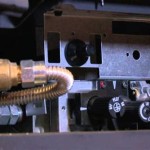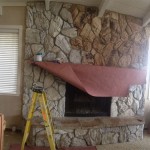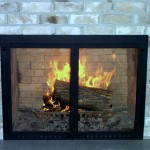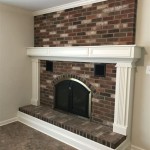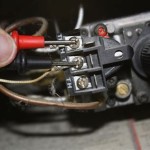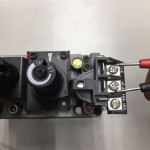Gas Fireplace Vents: Ensuring Safety and Efficiency
Gas fireplaces, with their mesmerizing flames and comforting warmth, have become a popular addition to homes. However, it's crucial to understand the role of proper ventilation in ensuring the safe and efficient operation of these appliances. Gas fireplace vents are essential components that allow the fireplace to draw in fresh air for combustion and expel the byproducts of burning gas safely outdoors. This article will explore the importance of gas fireplace vents, delve into different types of venting systems, and provide insights into their maintenance.
The Importance of Venting
Gas fireplace vents are not simply decorative elements; they serve a critical function in maintaining the safety and efficiency of the fireplace. The combustion process within a gas fireplace produces carbon monoxide, a dangerous and colorless gas that can be fatal. Proper venting ensures that combustion byproducts are safely expelled outdoors, preventing their accumulation within the home. This ensures the health and well-being of occupants. Furthermore, venting allows for the proper flow of fresh air into the fireplace, which is essential for efficient combustion. Without adequate ventilation, the fireplace may experience incomplete combustion, leading to reduced heat output and potentially harmful emissions.
Types of Venting Systems
There are primarily two types of venting systems used for gas fireplaces: direct vent and vent-free. Understanding the differences between these systems is crucial when selecting a fireplace for your home.
Direct Vent
Direct vent fireplaces utilize a double-walled vent system that draws in fresh air from outside the home and expels combustion byproducts directly outdoors. These systems typically require a dedicated vent pipe that extends through the wall or roof. The primary advantages of direct vent systems include their efficiency, as they draw in fresh air for combustion, resulting in higher heat output. Additionally, direct vent fireplaces are generally considered more cost-effective to operate due to their high efficiency.
Vent-Free
Vent-free fireplaces operate without any external venting system. These systems rely on a sealed combustion chamber that draws in air from within the room and expels combustion byproducts through a small vent located at the top of the unit. While vent-free fireplaces offer convenience and installation ease, they have some inherent drawbacks. These systems are typically less efficient than direct vent fireplaces, as they rely on air from within the home for combustion. Additionally, vent-free fireplaces can generate a significant amount of moisture, potentially increasing humidity levels within the home. As a result, they may not be suitable for all climates or homes.
Maintenance and Safety
Regular maintenance of your gas fireplace vent system is crucial for ensuring its safety and efficiency. Here are some key maintenance tips to consider:
- Annual Inspection: Have a qualified professional inspect your vent system annually. They will check for any blockages, corrosion, or damage that could compromise the system's integrity.
- Chimney Cleaning: For fireplaces that utilize a chimney as part of the venting system, regular chimney cleaning is essential. Soot and creosote buildup can obstruct the flue and increase the risk of a chimney fire.
- Vent Pipe Cleaning: For direct vent systems, regular cleaning of the vent pipe is also important. Dust, leaves, or other debris can accumulate within the pipe, hindering airflow and reducing efficiency.
- Pilot Light: Monitor the pilot light for proper operation and adjust it as needed. A weak pilot light can lead to incomplete combustion and safety hazards.
In conclusion, proper ventilation is essential for the safe and efficient operation of gas fireplaces. Understanding the different types of venting systems and their associated advantages and disadvantages is crucial when making a selection. Regular maintenance ensures the longevity and safety of your fireplace, allowing you to enjoy its warmth and ambiance for years to come.
Gas Fireplace Venting Explained Heatilator

What Are The Best Ways To Vent A Gas Fireplace Zoroast
Gas Fireplace Venting Explained Heat Glo

Vented Vs B Vent Direct Free Dixie S

Benefits Of Direct Vent Fireplaces

What Is A Direct Vent Fireplace Fireplaces Learning Center

How To Find The Most Efficient Direct Vent Gas Fireplace For Your Next Project

Fireplace Cover To Keep Cold Air Out

Gas Fireplaces Direct Vent Vs Free Fine Homebuilding
Gas Fireplace Venting Explained Heat Glo

